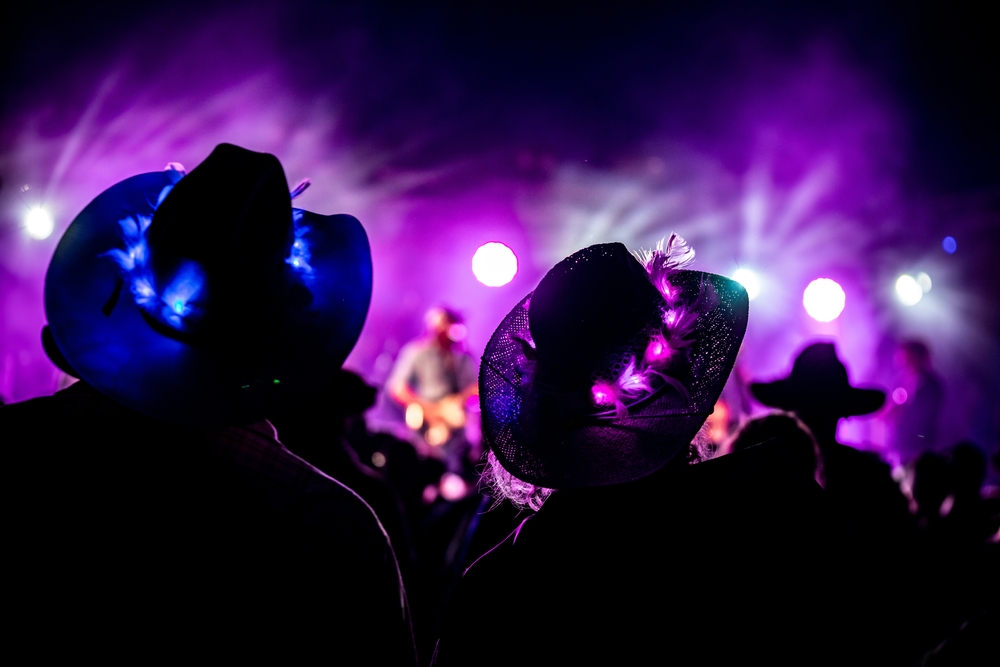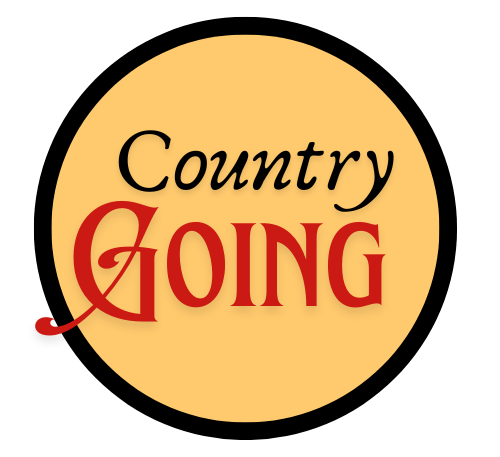Country music, a genre deeply rooted in American culture, has seen significant shifts in its sound and influence over the years. From its origins as folk ballads and cowboy tunes to its contemporary form, country music has continually transformed while maintaining its core essence. This evolution reflects changes in society, technology, and the music industry itself, enticing new generations of fans while honoring its legacy.
In the early 20th century, the genre was characterized by its simple melodies and storytelling lyrics, often reflecting the rural lifestyles of its listeners. As time progressed, artists like Kacey Musgraves introduced new elements and themes, hinting at the broader changes that would come to define modern country music. This shift saw the incorporation of pop, rock, and even electronic influences, broadening the genre’s appeal and showcasing its versatility.
The journey of country music from the days of cowboy ballads to the polished sounds of today’s hits demonstrates the genre’s adaptability and enduring popularity. Its ability to resonate across different eras and demographics highlights the universal themes of love, struggle, and celebration that lie at the heart of country music. For a deeper dive into this fascinating evolution, explore the insights from NPR’s coverage and other historical perspectives.

The Roots and Early Influences
Country music has a rich tapestry of origins, drawing from various cultural and musical traditions in the United States. From its beginnings in folk and blues to the pivotal figures of the early 20th century, these roots have laid the foundation for the genre’s evolution.
The Birth of Country Music
Country music finds its roots in the folk traditions of the Southern United States. Early settlers brought with them a mix of Celtic, German, and African influences, which melded into a unique sound. The introduction of instruments like the fiddle, banjo, and guitar became central to its style.
One of the pivotal moments in the genre’s history was the 1927 Bristol Sessions, often called the “Big Bang” of country music. These recording sessions in Bristol, Tennessee, were significant for capturing the sounds of now-legendary artists like Jimmie Rodgers and the Carter Family.
Tin Pan Alley, which was known for popular music publishing, also influenced early country music by introducing more structured song formats. Rural radio programs in the 1920s and 1930s brought country music to a broader audience, helping it transition from a regional to a national phenomenon.
Influential Artists of the Early 20th Century
Jimmie Rodgers, often hailed as the “Father of Country Music,” was one of the first to bring country music mainstream. Combining yodeling with heartfelt lyrics, Rodgers’ influence is still felt in the genre today. His songs often depicted the struggles and stories of everyday life.
The Carter Family, another cornerstone of early country music, helped shape the genre with their harmonies and innovative guitar playing. Sara and Maybelle Carter’s distinctive style left a lasting impact on future generations of musicians.
Hank Williams Sr. merged country with honky-tonk, blues, and gospel, defining the genre’s sound in the 1940s. His emotional delivery and songwriting prowess earned him a place as a country music legend.
Kitty Wells, known as the “Queen of Country Music,” broke barriers for female artists with her hit “It Wasn’t God Who Made Honky Tonk Angels.” She paved the way for subsequent female artists in what was a male-dominated industry.
These early influencers not only defined the sound of country music but also set the stage for its future growth and diversification.
Transformation and Subgenres
Country music has diversified significantly, giving rise to various subgenres that each offer a unique sound and style. Key movements have helped shape the genre into what it is today, ensuring its enduring popularity and versatility.
The Nashville Sound
The Nashville Sound emerged in the late 1950s and early 1960s as a polished alternative to the rawer, honky-tonk style. Pioneers like Chet Atkins and Owen Bradley crafted this sound by incorporating orchestral arrangements, smooth vocals, and background choruses. This approach aimed to make country music more commercially viable and accessible to mainstream audiences. By blending traditional country elements with pop sensibilities, the Nashville Sound broadened the genre’s appeal.
Outlaw Movement and Progressive Country
In the 1970s, the Outlaw Movement, spearheaded by legends like Willie Nelson and Waylon Jennings, rebelled against the highly produced Nashville Sound. These artists sought creative freedom and a return to the genre’s honest, gritty roots. They incorporated rock and folk influences to craft a sound that felt authentic and raw. Progressive country, a related subgenre, pushed the boundaries even further, adding political and social commentary to the music.
Country Pop Fusion
Country Pop Fusion gained momentum in the 1980s and 1990s with artists like Shania Twain and Garth Brooks. This subgenre successfully blended country instrumentation with pop melodies and upbeat tempos. The result was a sound that attracted a wide audience and achieved massive commercial success. Country Pop Fusion introduced the genre to international markets and helped break down previous genre barriers, making country music more inclusive.
Contemporary Country
Contemporary Country, which developed in the late 2000s and continues today, often incorporates elements of rock, hip-hop, and electronic music. Artists like Luke Bryan and Carrie Underwood have continued to push the genre’s boundaries by exploring diverse musical influences while maintaining core country themes. This subgenre is characterized by strong production values and a focus on storytelling, making it appealing to a younger audience and ensuring the genre’s enduring relevance.
